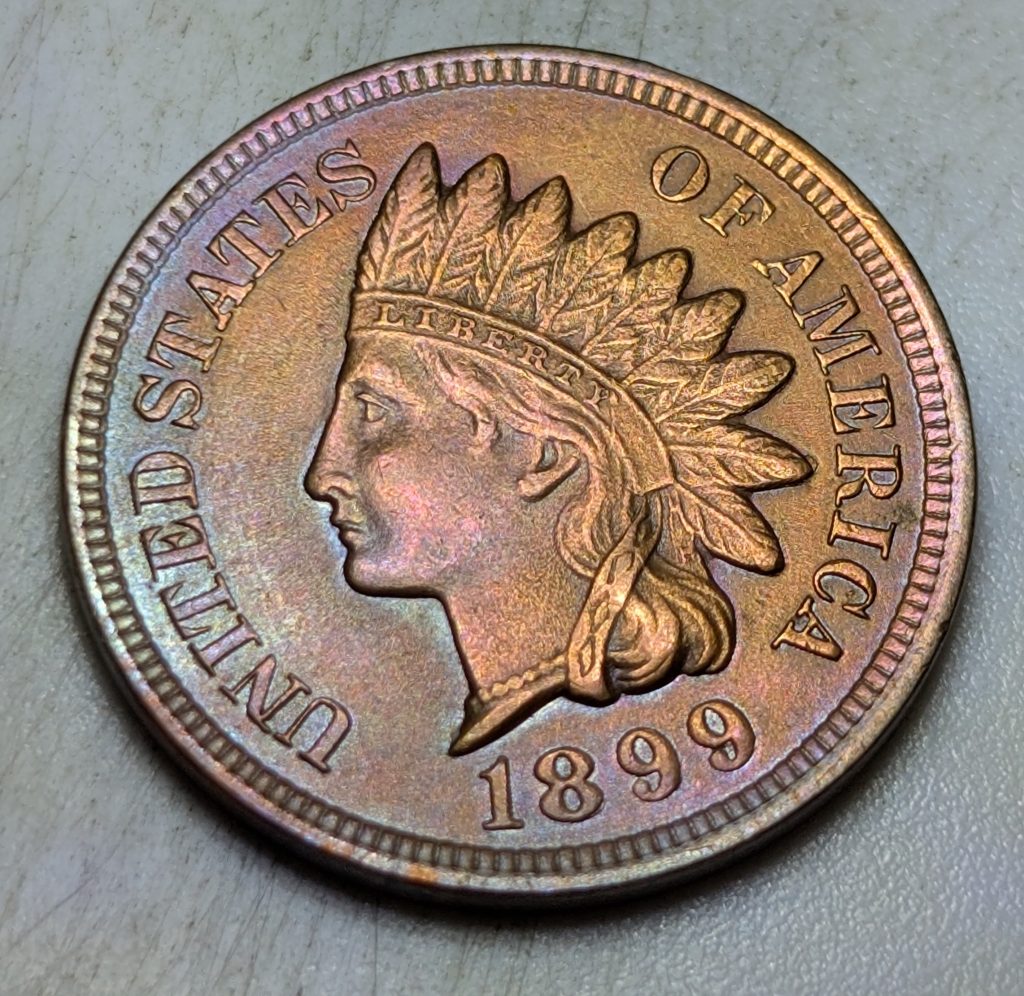Why Some Coins Look Weak Even When They’re Not Worn

Every collector runs into it sooner or later. A coin that looks soft, like the design melted a little before it left the press. It’s not slick from circulation, and it isn’t polished, but something about it just feels off.
That kind of weak, undefined detail can come from a lot of things. Sometimes it’s a genuine weak strike. Sometimes it’s a worn die. And sometimes it’s a red flag that you’re not looking at a real coin at all.
Counterfeiters mess this up all the time. They try to copy every tiny feature of a coin but lose the sharp edges and depth that real minting pressure creates. Those mushy details are one of the biggest giveaways, especially on silver dollars like Morgans and Peace types where fake dies blur everything that should be crisp.
If you’ve never noticed it before, this is one of those small details that changes the way you see coins. Once you spot it, you can’t unsee it.
Real Coins Have Layers of Detail
A genuine coin isn’t flat when you look closely. The design has depth, ridges, and sharp breaks where light hits differently across the surface. Letters stand out cleanly, hairlines look carved instead of smeared, and fine texture gives the coin life.
That comes from pressure. When a planchet gets struck hard between two fresh dies, the metal flows into every corner of the design. Even lower-grade coins still show those layers if you tilt them under light. It’s part of what gives older silver and copper that natural, sculpted look.
Counterfeits can mimic color, weight, and luster, but they almost never get the strike right. The edges of devices melt into the fields instead of standing apart. The result looks soft, almost like the coin has been in someone’s pocket for decades even when it’s supposed to be uncirculated.
When Weak Details Mean Trouble
Not every soft-looking coin is fake, but you should always take a second look. If a coin feels wrong in your hand or the design looks too smooth for the grade, that’s a red flag worth checking.
On counterfeits, mushy details usually show up in the same spots. The hair above Liberty’s ear on a Morgan dollar, the feathers on the eagle, and the edges of the lettering. Those areas lose their sharp peaks first because fake dies don’t have the depth or pressure of real ones.
If you’re not sure, compare it to a verified example. Look for how the light breaks across the high points and how deep the shadows are in the recessed parts. Real coins have contrast and definition. Counterfeits look tired and flat no matter what angle you hold them.
How to Check Without Fancy Tools
You don’t need a lab setup to spot weak or fake details. All you really need is good light, patience, and a coin you trust for comparison. A desk lamp or flashlight works fine if you angle it low across the surface instead of shining it straight down. That side light brings out texture and depth you won’t see otherwise.
Hold both coins under the same light and tilt them slowly. On a real coin, the design will catch light in layers. You’ll see clean breaks between the raised and flat areas. On a fake, the reflection moves in a dull sweep, like the surface is melting into itself.
If you’re unsure, take a clear photo and zoom in. Weak edges, faded hairlines, and uneven fields all show up fast under magnification. Once you’ve looked at a few, you’ll start to spot the difference at a glance.
Trust the Sharpness, Not the Shine
A lot of counterfeit coins fool people because they look bright or freshly struck. That shine doesn’t mean quality. It usually means someone tried to hide weak details with polish or artificial luster. Real coins have texture that catches light naturally. Fake ones just glare back at you.
Focus on edges and transitions instead of surface glow. Look at the space between letters, the edges of stars, and the separation in hair or feathers. That’s where definition lives. If those lines look blended or melted together, the coin’s either been altered or it’s not real.
Once you start trusting the shape of the design over the shine, spotting fakes gets easier. It’s less about being a pro grader and more about knowing what honest wear and real depth look like.
